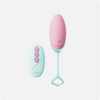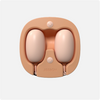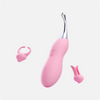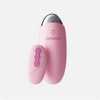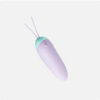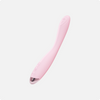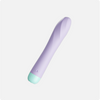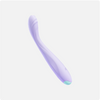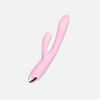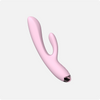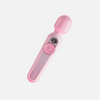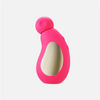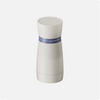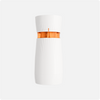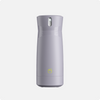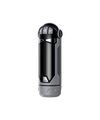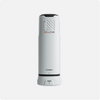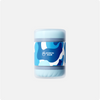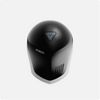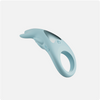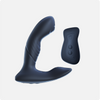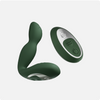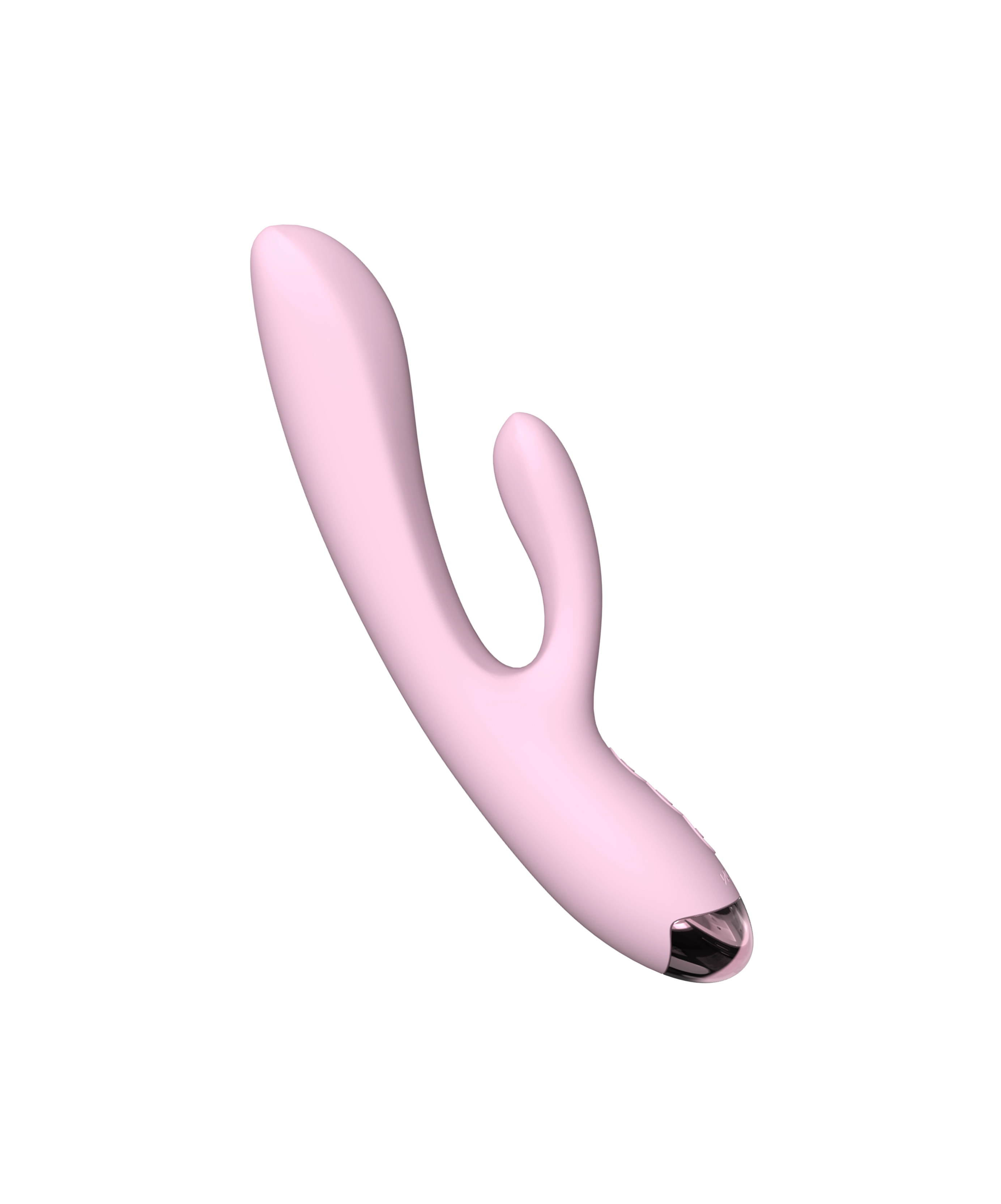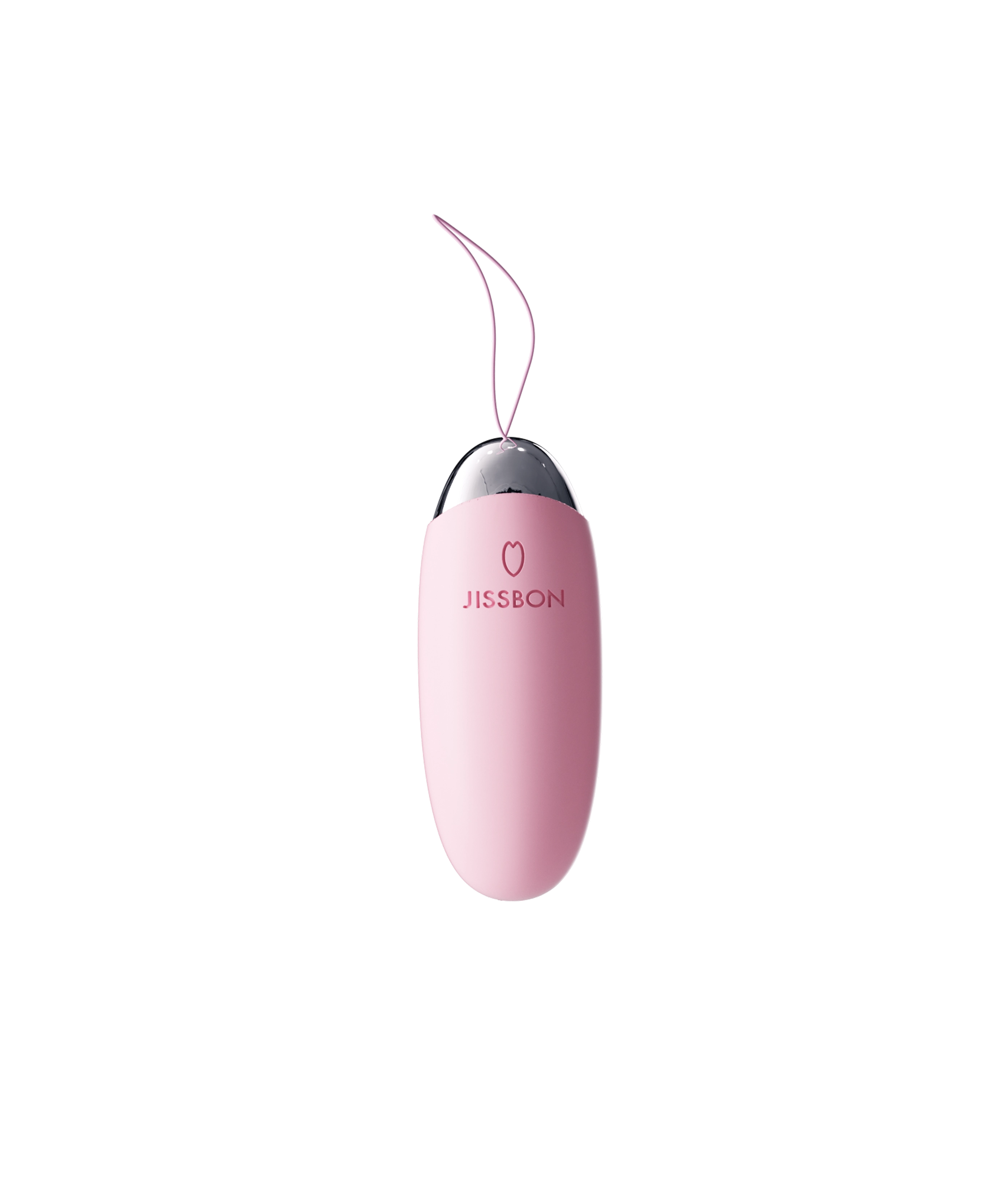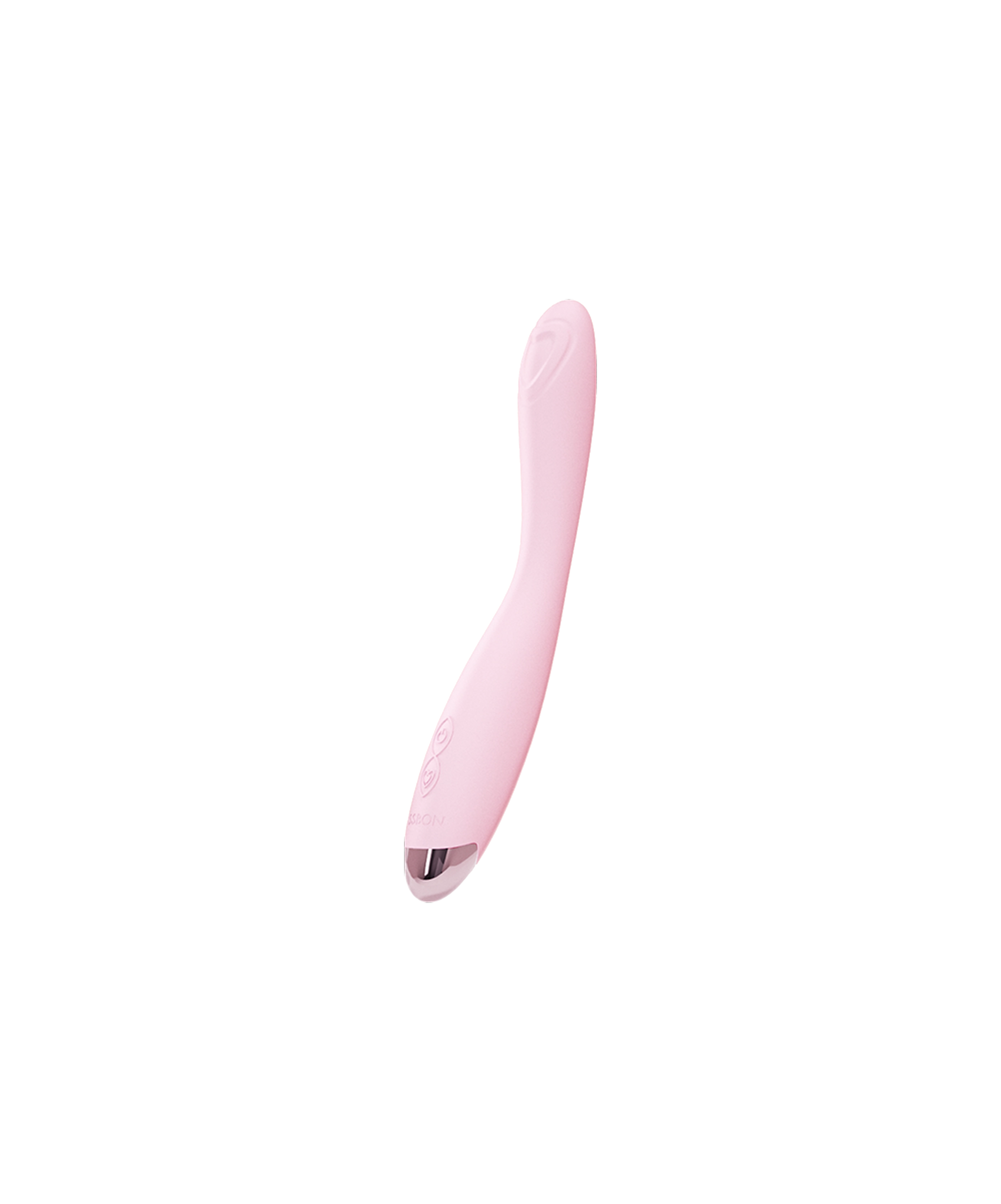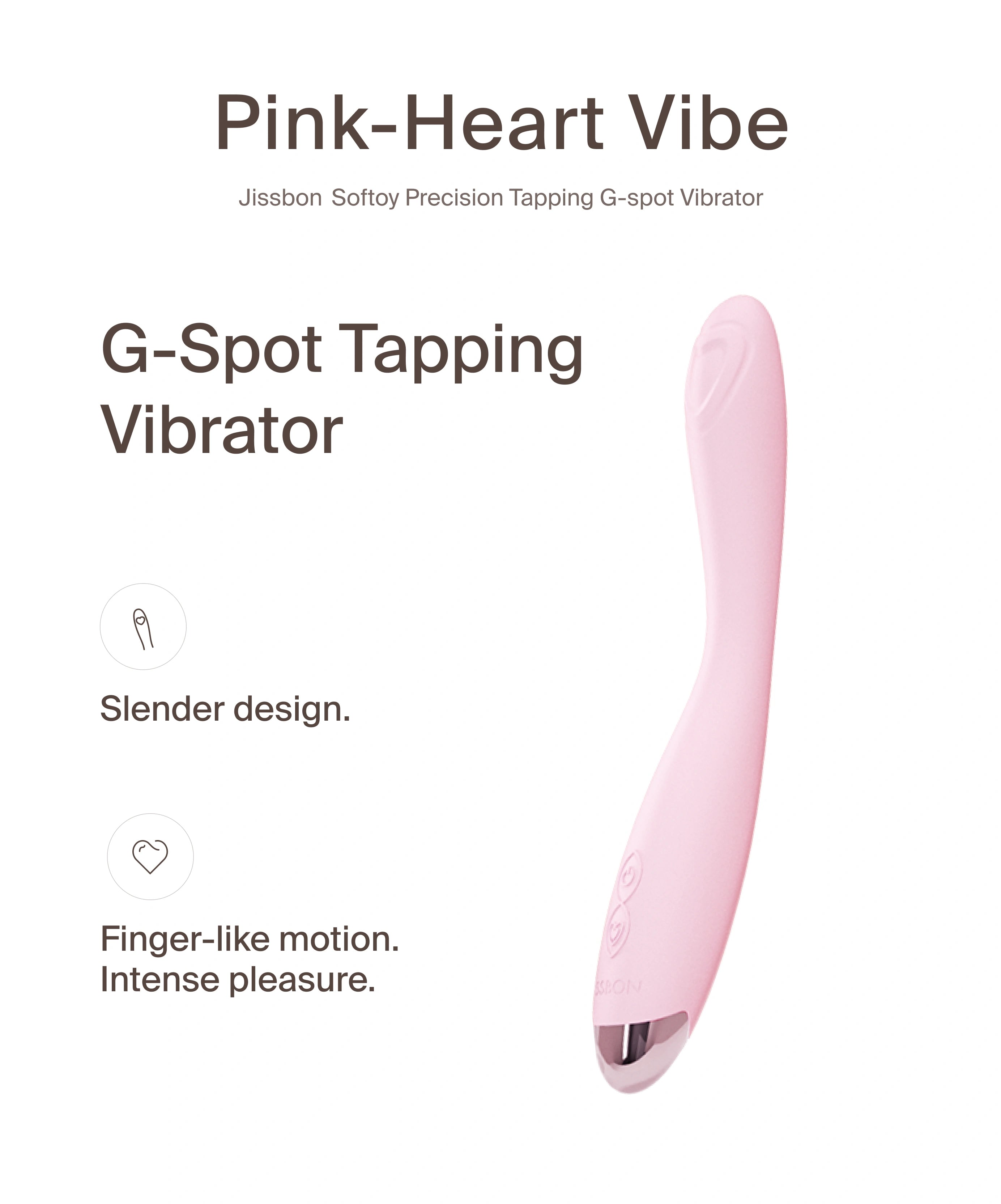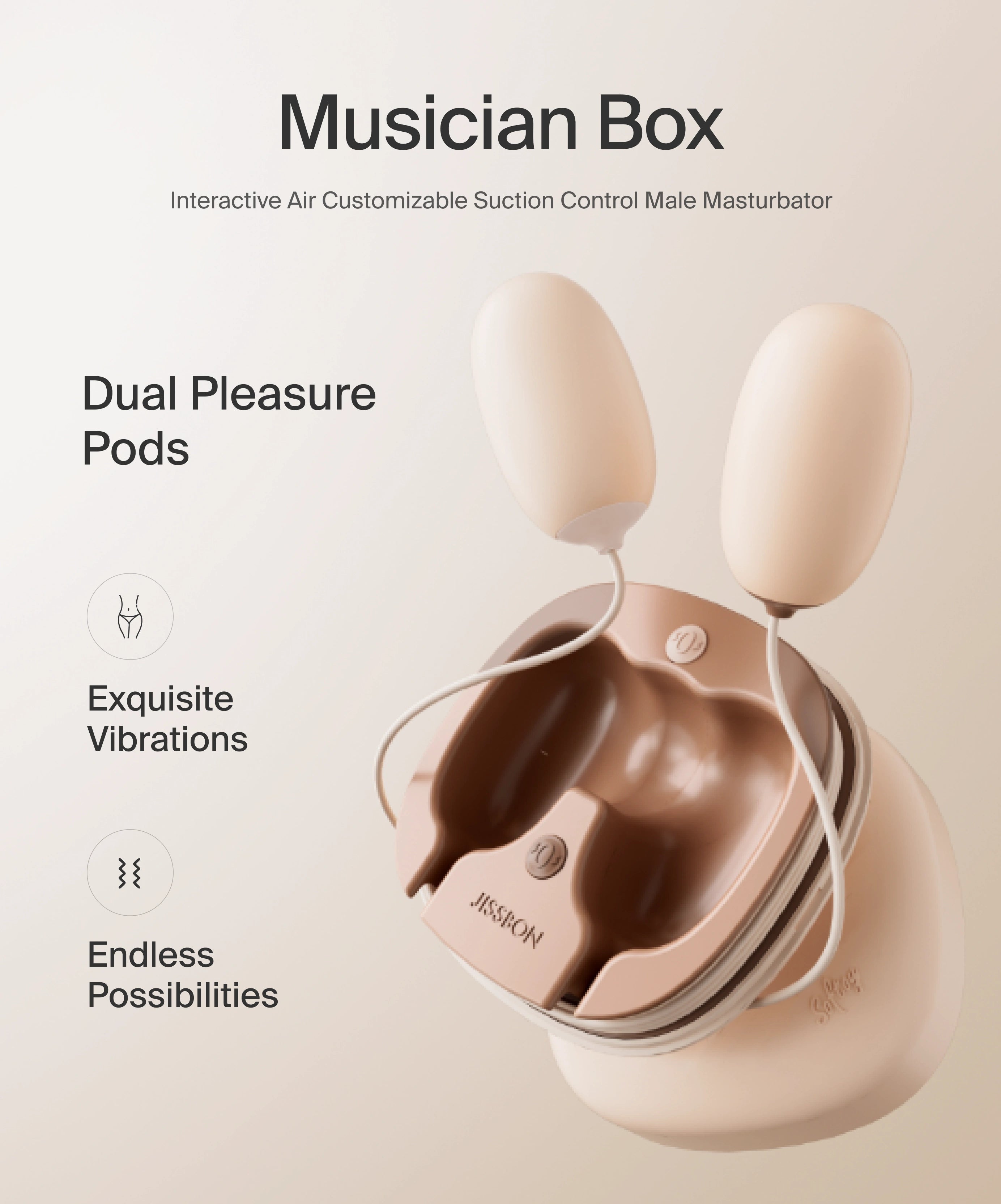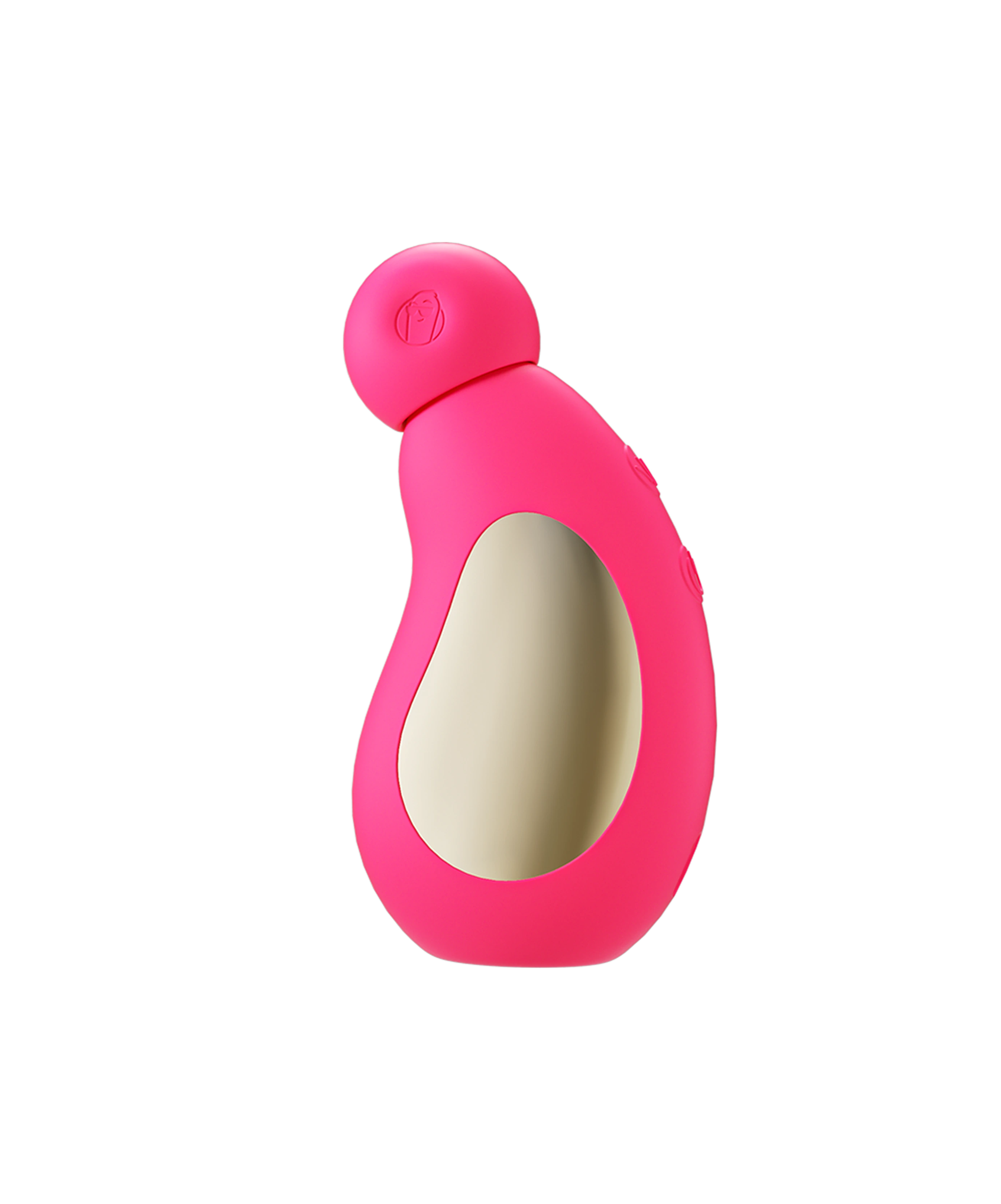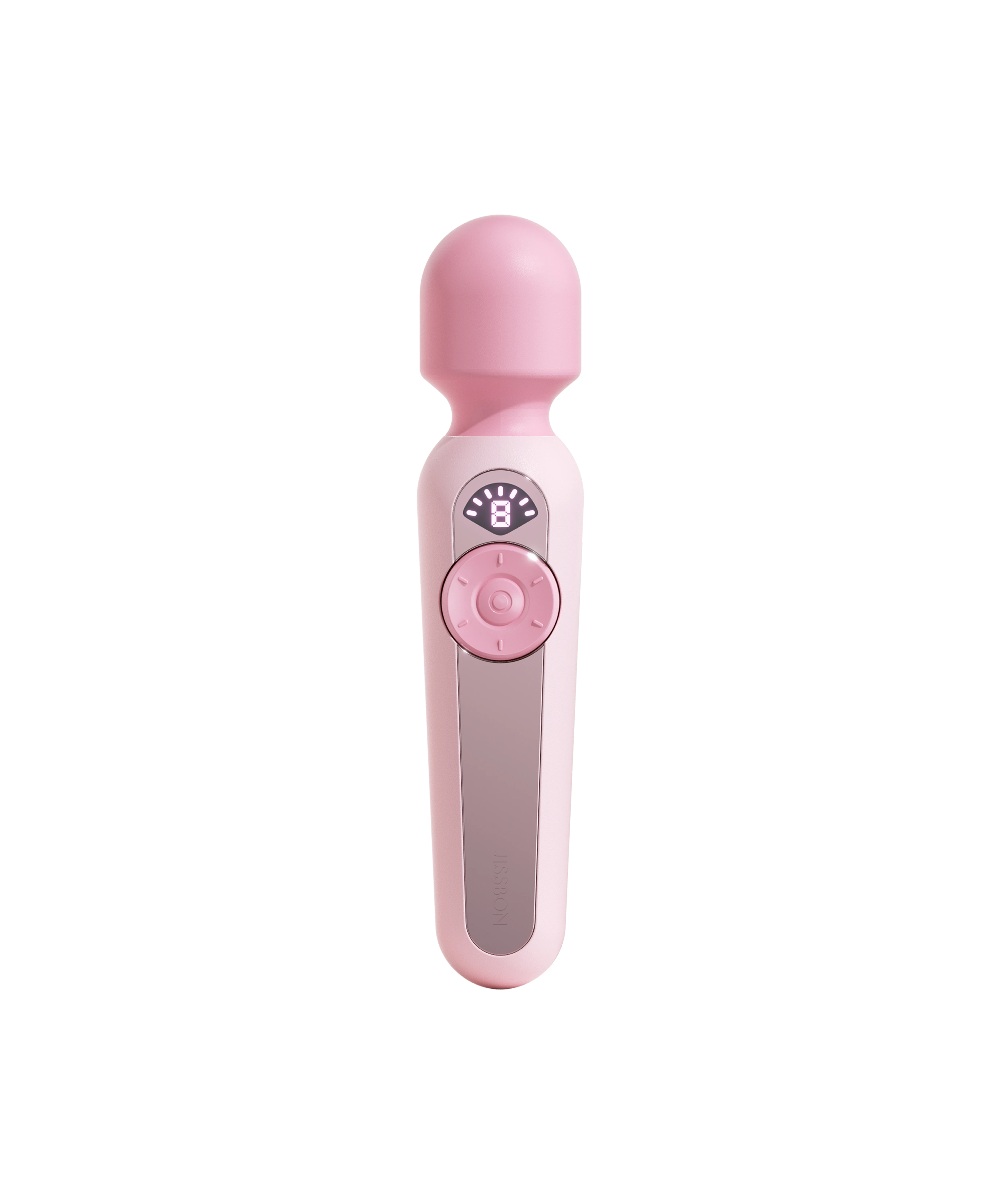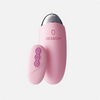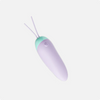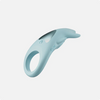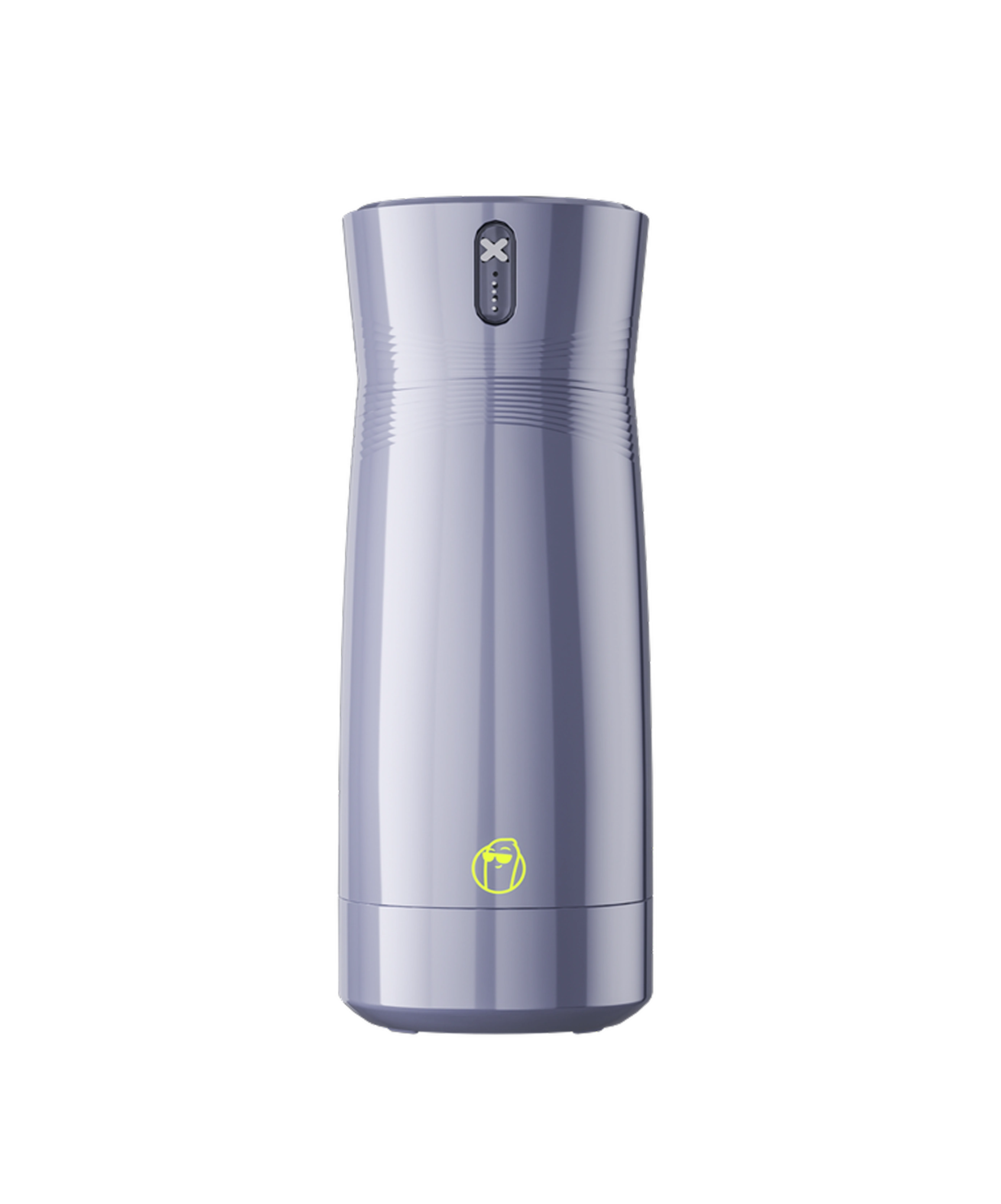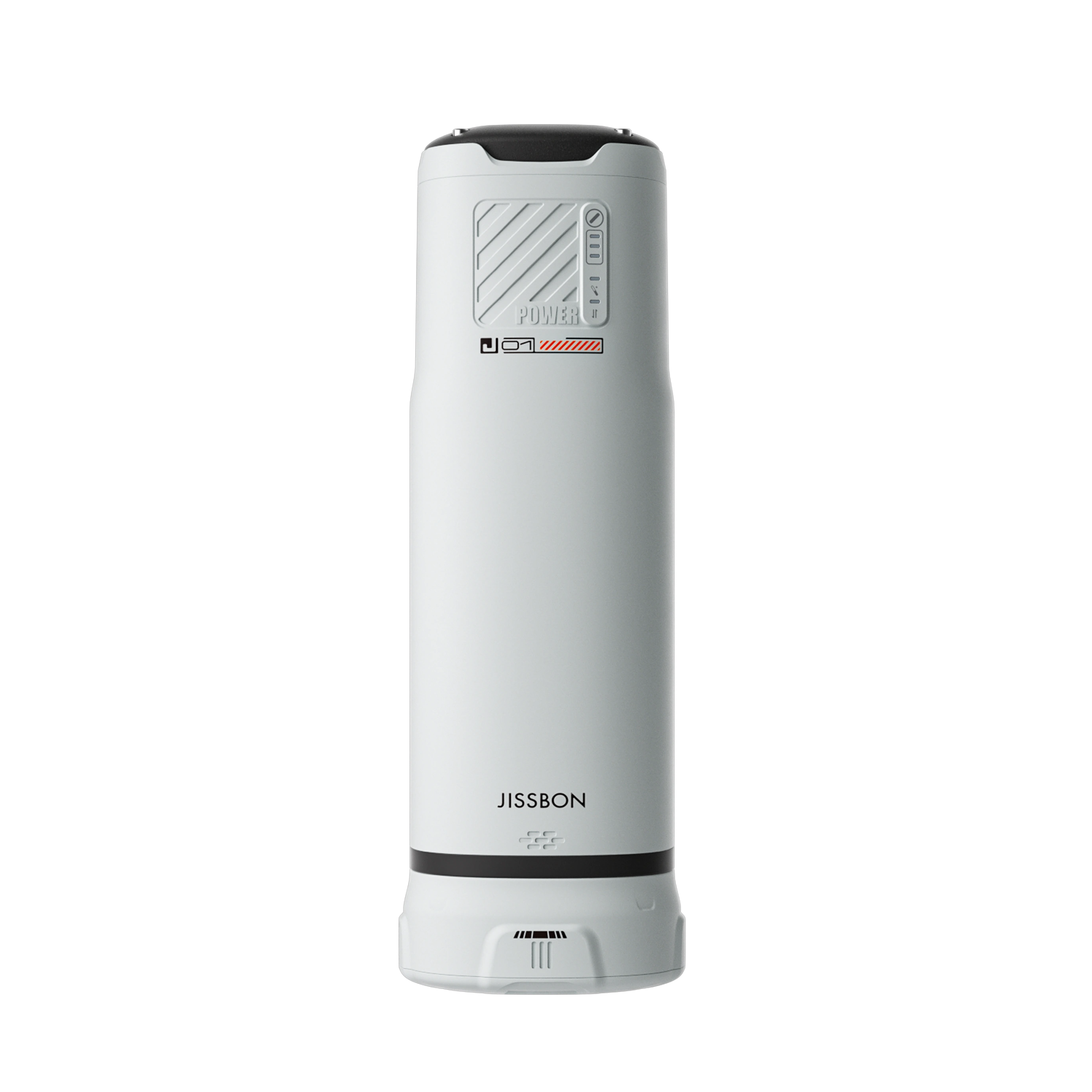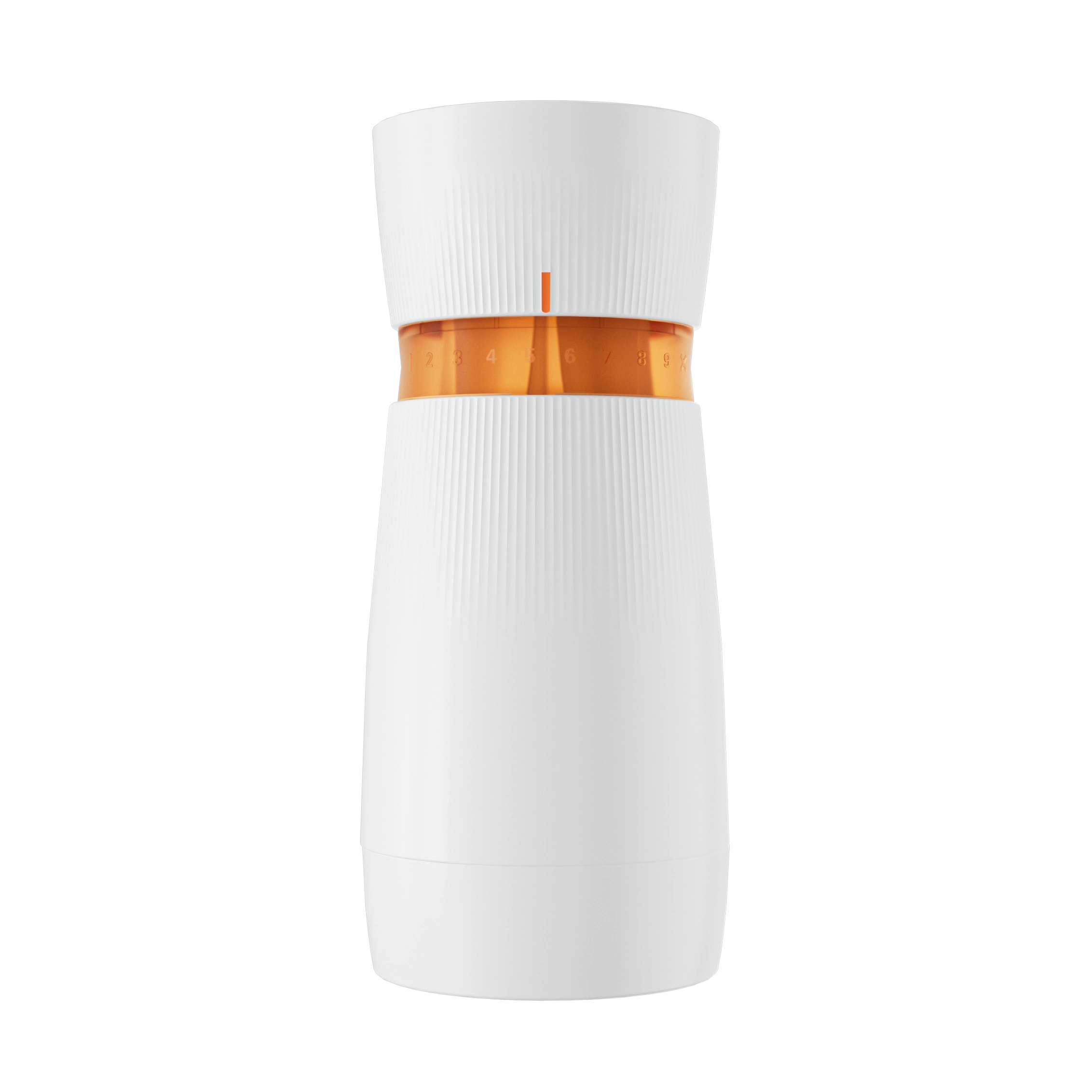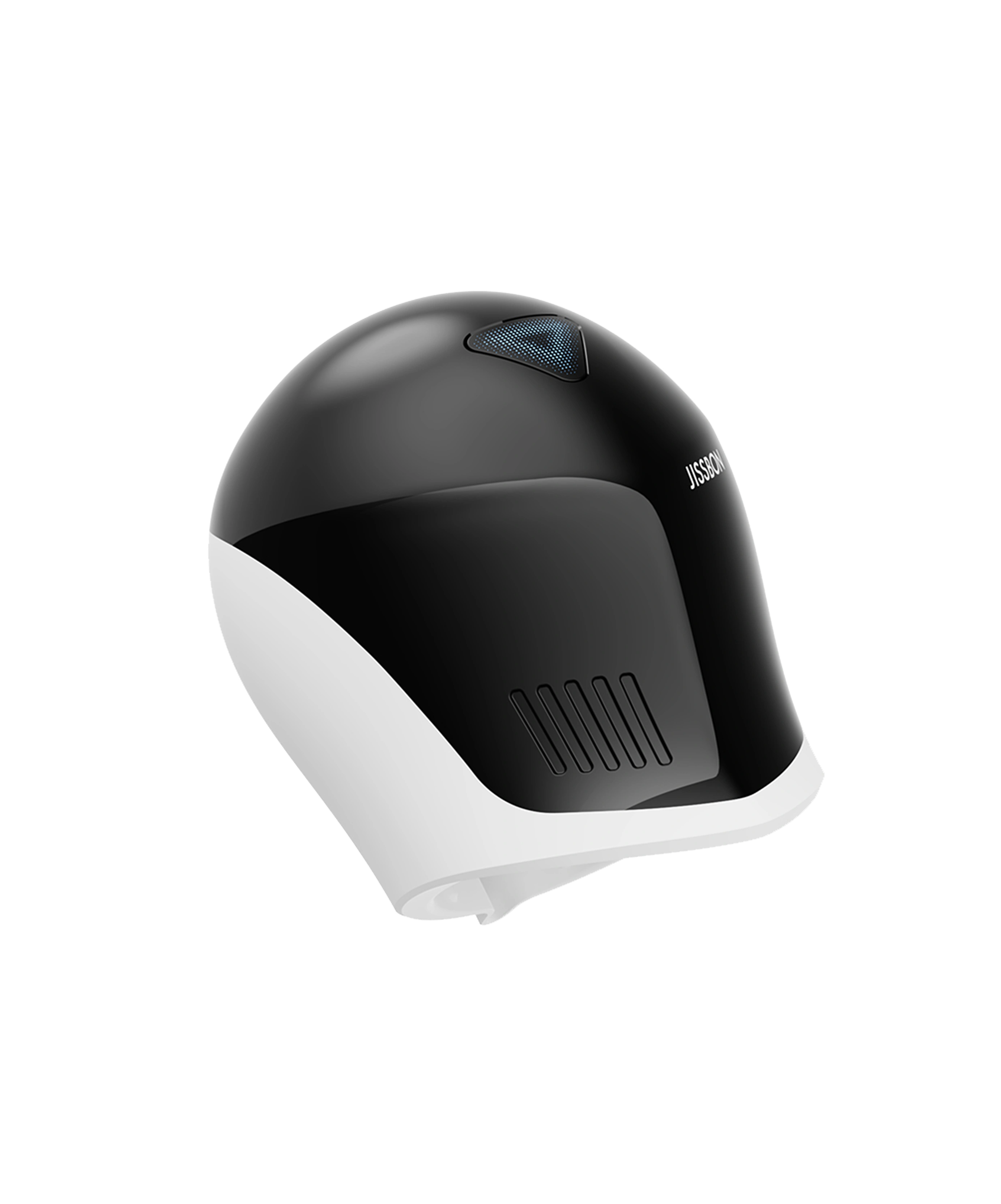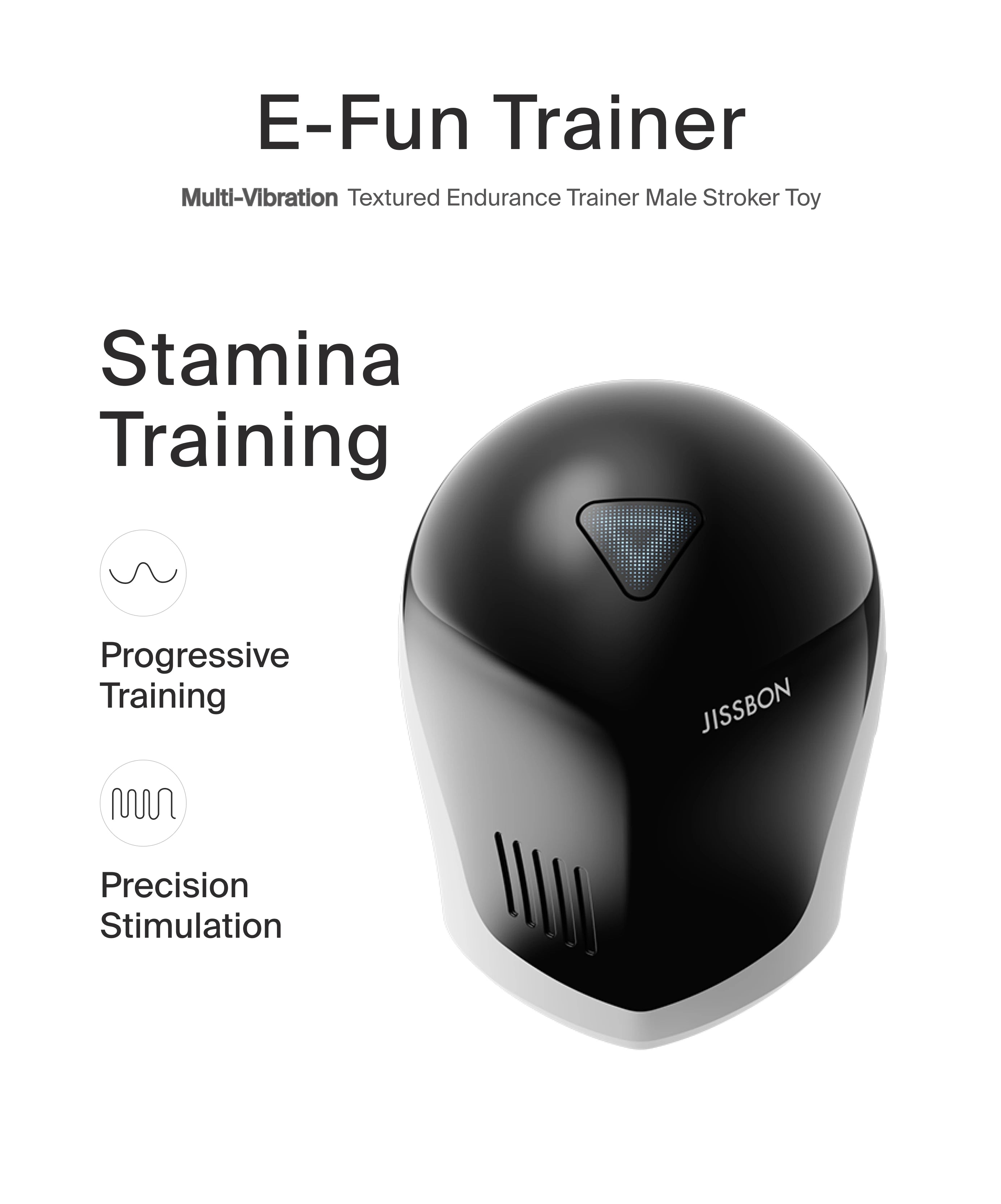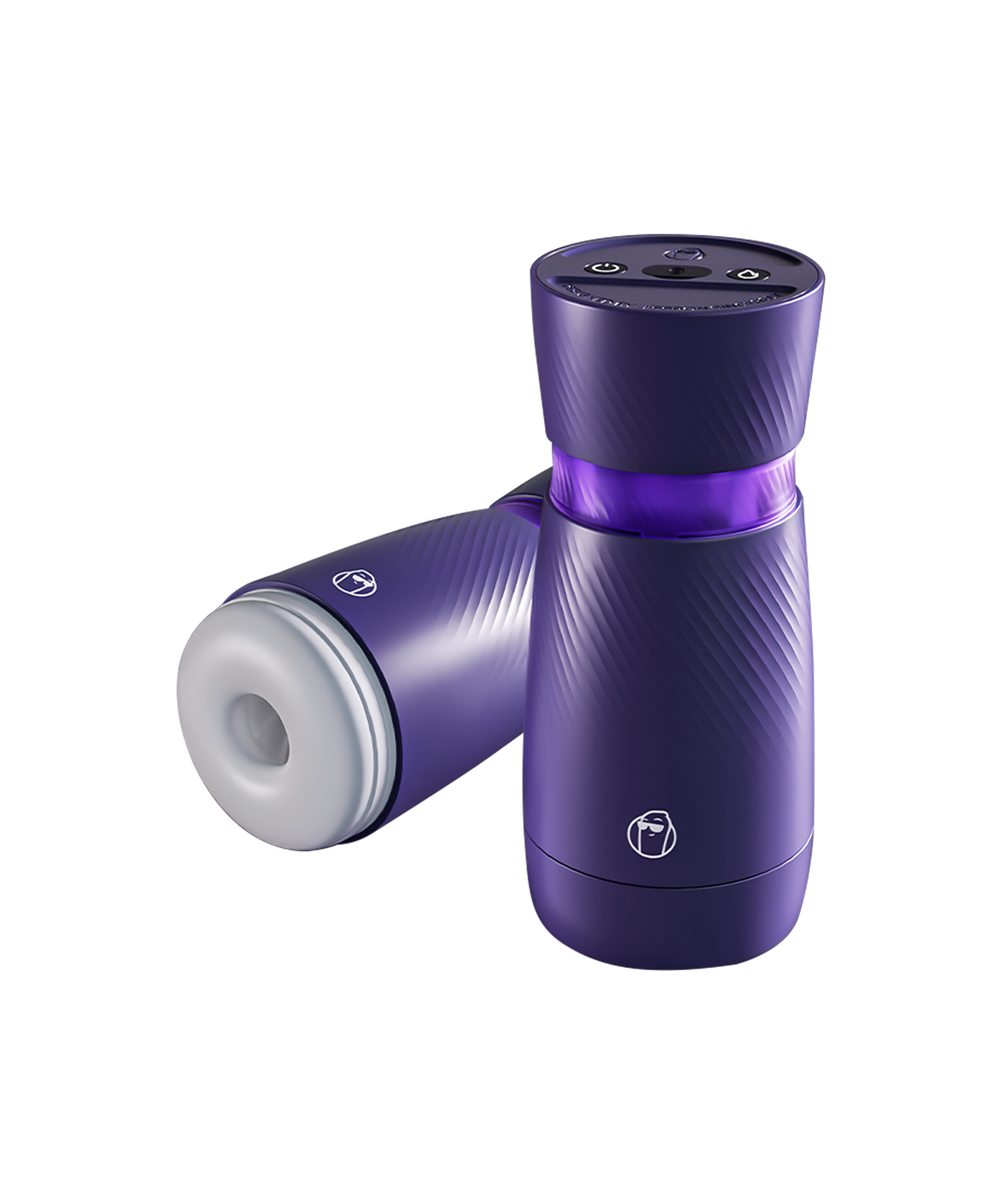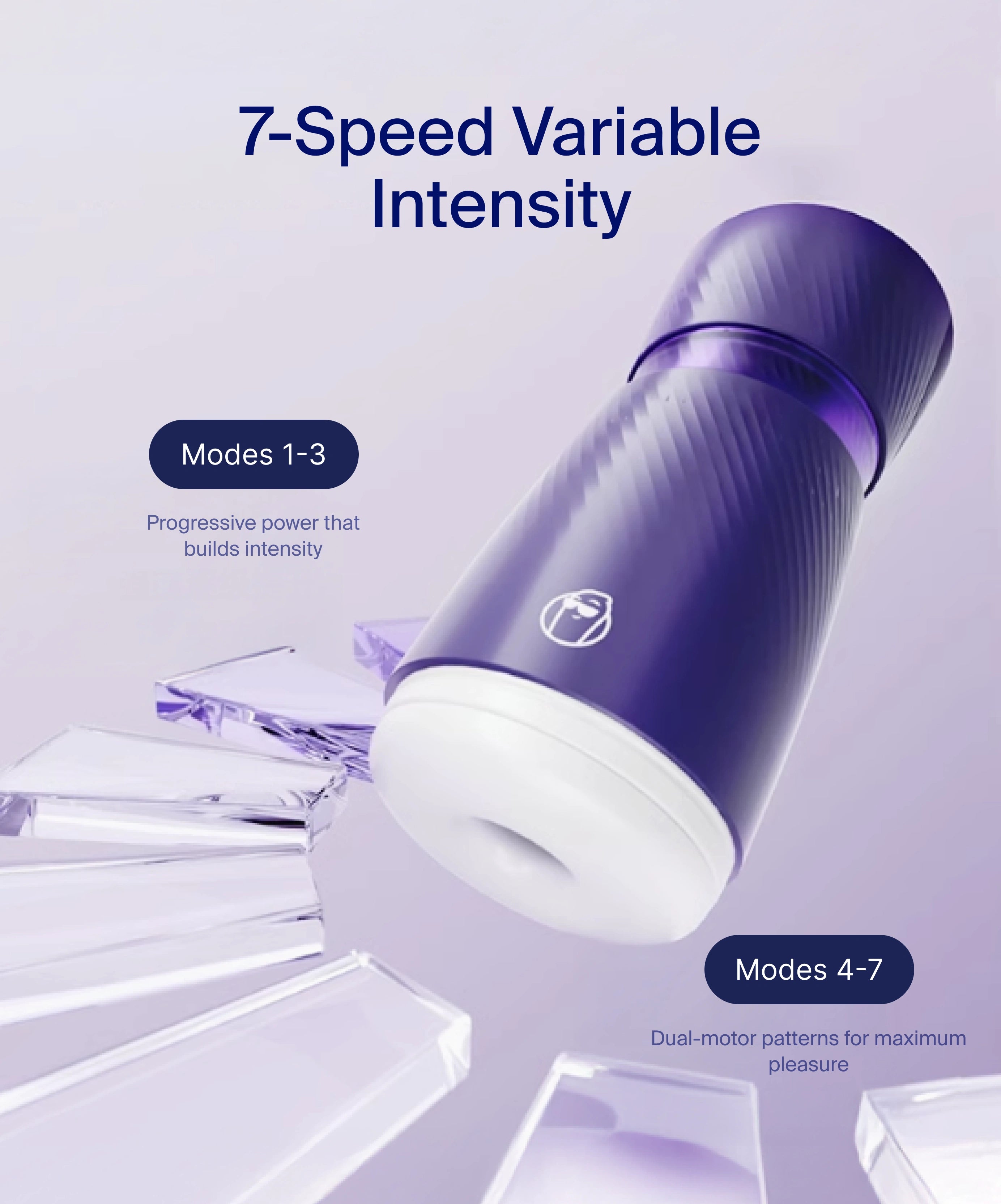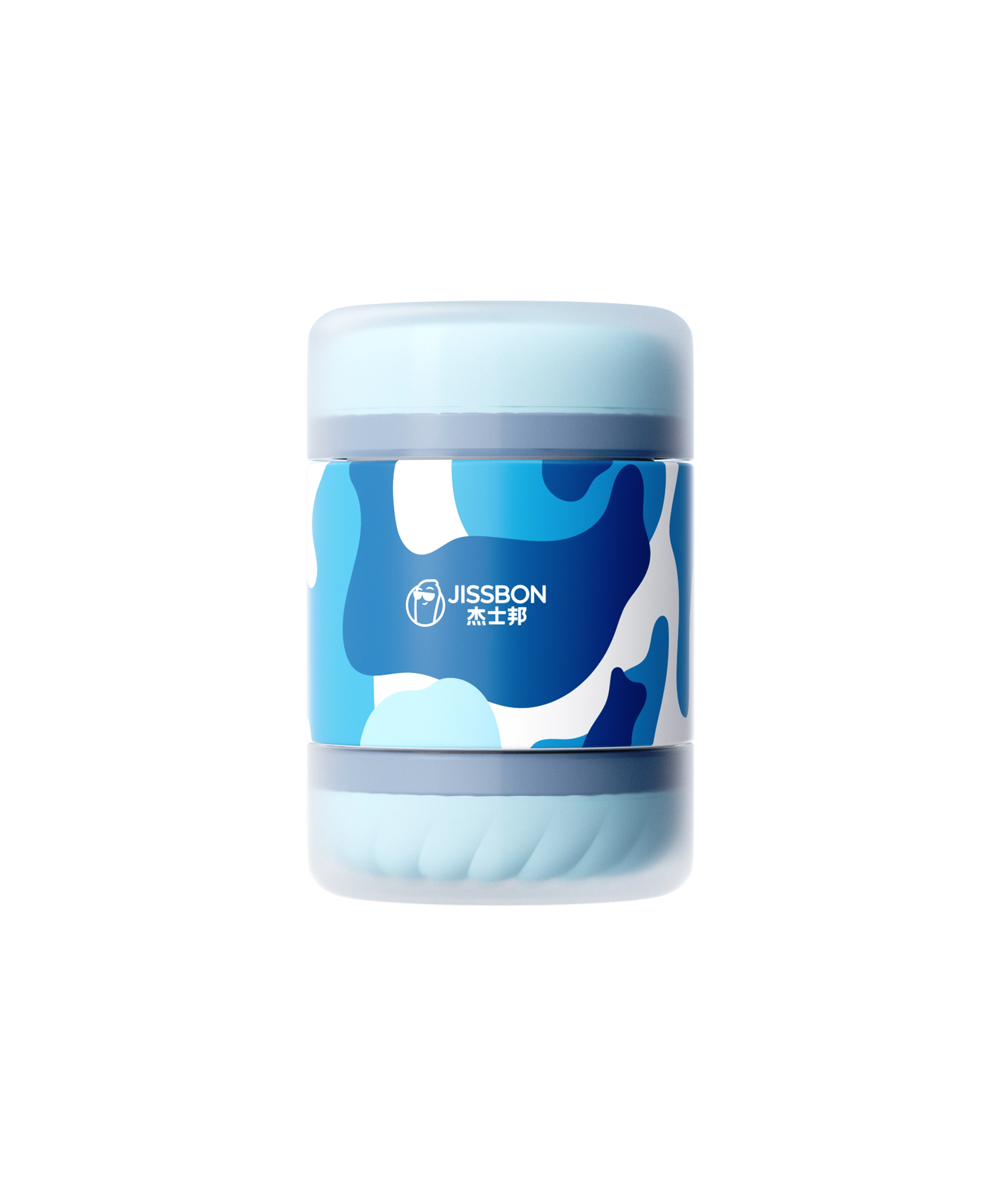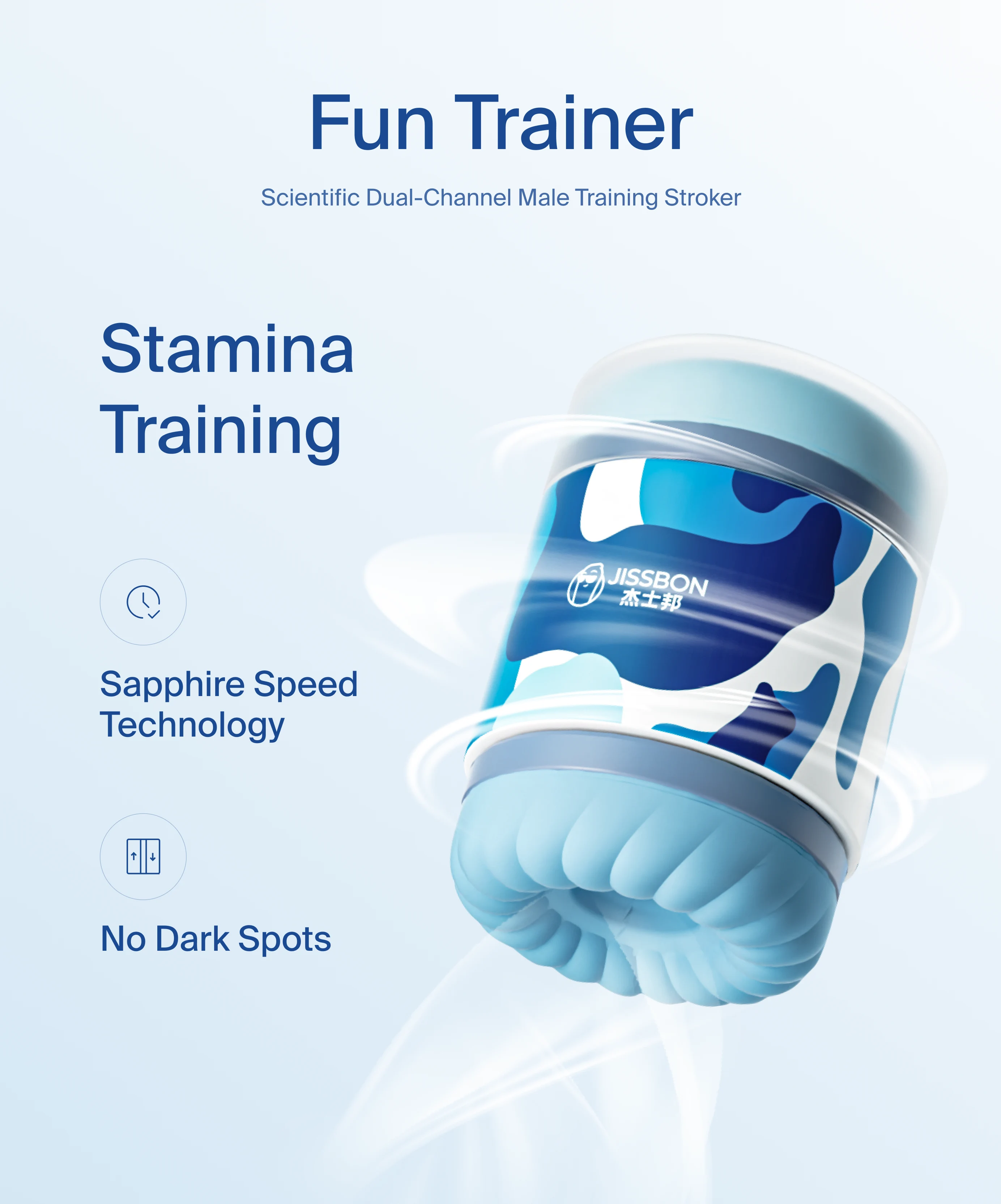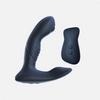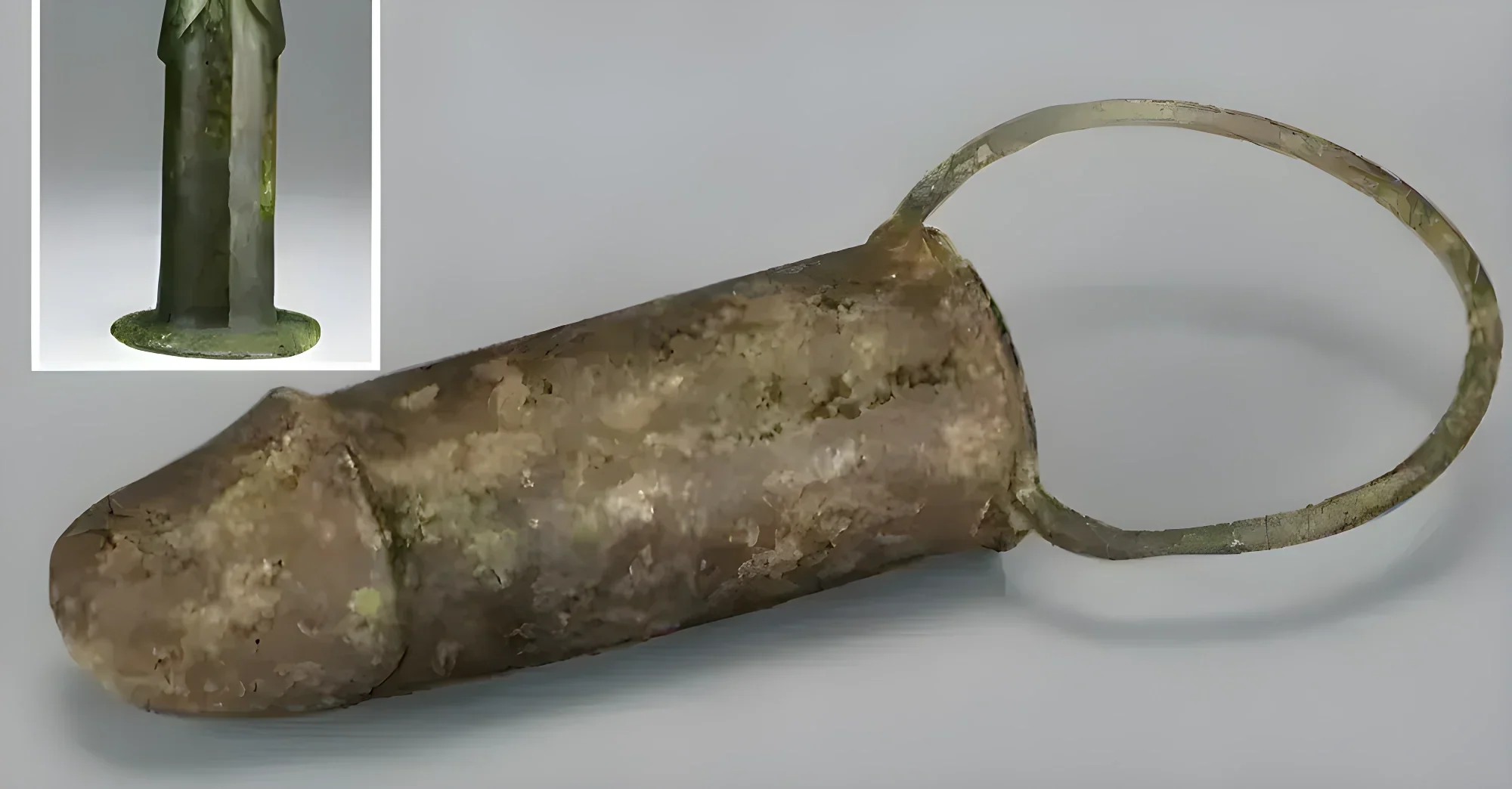If you’ve ever wondered “when were butt plugs invented?”, you’re not alone. The short version: the modern butt plug grew out of 19th‑century medical rectal dilators, not the pleasure aisle. Over time, those early “cures” for constipation and other ailments evolved into today’s safer, body‑friendly designs used for pleasure, prep, and prostate play. Below, you’ll find the real timeline, who is most often credited, the original reasons why butt plugs were invented, what butt plugs are made of now, and how to use them safely.
Quick Answer: When was the butt plug invented?
Most histories trace the butt plug’s ancestor to 1892, when Frank E. Young filed a U.S. design patent for a “self‑retaining rectal dilator.” These hard‑rubber devices look strikingly similar to the classic plug silhouette—tapered body with a retaining base—because they were meant to stay in place during use. Museums and patent archives still host the 1892 drawings today.
So if you’re asking “when was the butt plug invented?” in the sense of first mass‑marketed objects that look and function like plugs, the 1890s is a solid, documentable answer. (Earlier medical dilators existed—for example, Hegar uterine dilators from 1879, though those were for gynecological use, not anal—and they influenced the era’s thinking about dilation generally.)
Who invented the butt plug?

There’s no single, universally accepted “inventor” of the sex toy version. But many timelines credit Dr. Frank E. Young with the first self‑retaining rectal dilators that clearly prefigure the modern butt plug, both in shape and “plug‑and‑stay” function. His company sold sets of four sizes from the late 1800s into the early 20th century.
Why were butt plugs invented (originally)?
Not for sex. Rectal dilators were marketed as cure‑alls—especially for chronic constipation—and, in the quack‑medicine spirit of the era, were touted to relieve a laundry list of conditions (from “nervousness” to insomnia). In 1940, U.S. authorities seized shipments as misbranded medical devices, condemning the exaggerated claims. Fact‑checkers and historical archives have cataloged these ads and the government action.
Over time, people discovered the pleasurable side of pressure and fullness; by the mid–late 20th century, plugs were plainly sexual devices—with flared bases, smoother finishes, and later, safer materials.
Butt plugs meaning (today)
Butt plugs are anal toys designed to provide steady, comfortable pressure rather than constant thrusting. The classic shape is tapered for easy entry, narrowing to a “waist” that rests at the anal sphincter, and finishing in a flared base to prevent the toy from getting lost. That base is the non‑negotiable safety feature.
Modern plugs come in many styles (vibrating, weighted, jeweled, long‑wear “trainer” sets), but the safety logic—taper + waist + flared base—remains the same.
A simple timeline (from medicine to pleasure)
- 1879: Hegar introduces gynecological dilators (not anal), part of a broader medical interest in dilation as treatment.
- 1892: Frank E. Young receives a U.S. design patent for a self‑retaining rectal dilator (hard rubber). These look almost identical to basic butt plugs.
- 1890s–1930s: “Dr. Young’s Ideal Rectal Dilators” are sold in sets; ads claim relief for constipation and much more. Museums and medical historians document the products and marketing.
- 1940: U.S. authorities seize and destroy shipments for misbranding; the FDA condemns the claims as “dangerous to health” when used as labeled.
- Late 20th century → now: As sexual culture liberalizes and sex‑toy manufacturing improves, butt plugs emerge clearly as pleasure items—including vibrating plugs, remote controls, and body‑safe materials. Mainstream health sites now offer clear safety advice.
What are butt plugs made of?
- Silicone: Soft, slightly grippy, easy to clean (most widely recommended).
- Stainless steel: Heavy, ultra‑smooth, great for temperature play.
- Borosilicate glass: Rigid, smooth; also temperature‑play friendly.
Mainstream buyer’s guides and medical sites consistently recommend non‑porous materials and a flared base for safety. They also emphasize water‑based lubricant, especially with silicone toys, and generous lube since the anus does not self‑lubricate.
Why are butt plugs used today?
- Pleasure & arousal: The steady pressure can feel grounding and intensely erotic. Vibrating plugs add rumbly stimulation; some designs target the perineum or prostate externally while the shaft stays put internally.
- Anal play prep (“training”): Many people use plugs to practice relaxation, gradually increasing size to make other anal activities more comfortable. Health resources describe plugs as a tool for stretching and acclimating tissues—with lube and a slow pace.
- Prostate focus: For those with prostates, a curved or bulbous design can nudge the gland through the rectal wall. For more targeted motion, a prostate massager may be better than a stay‑put plug. (Compare shapes in Prostate Massagers.)
- Power exchange & kink: Some couples enjoy plugs in dominance/submission scenes or as discreet wear at home—with time limits and safety rules.
Safety 101 (read before you play)
- Choose a flared base. That flange prevents a “lost toy” ER visit. Never improvise with objects that lack a base.
- Use lots of lube. The anus does not self‑lubricate; water‑based lube is the easiest, most toy‑compatible default. Reapply when things feel sticky.
- Start small & go slow. Size up gradually; if you feel sharp burn, stop, add lube, or downsize.
- Mind your timeline. Experts commonly advise short wear sessions (many suggest keeping it around ~30 minutes for typical plugs). Don’t sleep with a plug in, and remove immediately if you feel numbness, cramping, or pain.
- Clean every time. Wash with mild soap and warm water before and after; fully dry before storage. If sharing (not recommended), use a fresh barrier each time.
- One‑way rule. Don’t move a plug from anus to vagina without cleaning/changing barriers—this reduces infection risk.
How a butt plug feels (and why size/shape matters)
A butt plug in butt feels like steady, full pressure more than thrusting. The taper helps your body welcome the plug; the “waist” lets the sphincter rest comfortably; the base sits outside so you can feel safe and grounded. Small, teardrop‑shaped plugs are the friendliest start. Heavier metal or glass adds a “solid” presence; silicone gives cushion and warmth with body heat.
If your goal is prostate‑focused stimulation, a plug can be nice, but a dedicated massager with a pronounced curve and perineum tab may deliver a more direct “nudge.” Explore shapes in Prostate Massagers to compare angles and bases.
Choosing your first plug (no guesswork)
- Size: Look for a slim diameter (about 0.75–1.1 in / 2–2.8 cm) and a gradual taper.
- Base: A wide, stable base that’s comfortable between the cheeks.
- Material: Silicone (non‑porous, forgiving) or stainless/glass (rigid, smooth). Avoid porous soft plastics.
- Feel: If you want steady fullness, a classic teardrop. If you want more sensation, consider vibrating options later.
- Goal: Training? Choose a three‑plug set with small/medium/large to progress slowly.
Pro tip: Add external stimulation (hand, toy, or perineum touch) while the plug is in place to elevate arousal—many find the combo more reliable than a plug alone.
A respectful reality check (history vs. hype)
- Then: In the 1890s, “self‑retaining rectal dilators” were sold as medical devices and aggressively marketed as cure‑alls—until regulators stepped in.
- Now: Plugs are explicitly pleasure tools—with better materials, safer shapes, and mainstream safety guidance around flared bases and lubrication.
If you’re curious about targeted prostate pressure, compare angles and bases in Prostate Massagers to find a shape that’s comfortable and secure for your body.
Final Take
Asking “when were butt plugs invented?” takes you on a fascinating ride—from 1890s medical dilators to today’s pleasure‑first plugs. The core design (tapered body, stay‑put waist, flared base) hasn’t changed, but our reasons have: comfort, curiosity, and pleasure.
Choose non‑porous materials, use lots of lube, start small, and keep sessions short. If your interest leans toward direct prostate stimulation, explore purpose‑built shapes in Prostate Massagers—and enjoy your history lesson with a safer, modern twist.
Frequently Asked Questions:
When were butt plugs invented?
The earliest documented, self‑retaining rectal dilator that looks like a plug dates to 1892 (U.S. design patent by Frank E. Young). These medical devices prefigure modern plugs.
Who invented the butt plug?
No single person is credited with the sex toy version, but Frank E. Young is widely cited for the first mass‑marketed self‑retaining rectal dilators (late 1800s–early 1900s).
Why were butt plugs invented?
Originally as medical dilators for constipation and assorted (often dubious) conditions. In 1940, U.S. authorities condemned shipments as misbranded devices.
What are butt plugs made of now?
Prefer non‑porous materials—silicone, stainless steel, borosilicate glass—with a flared base. Use water‑based lube and clean thoroughly.
Why are butt plugs used today?
For pleasure, anal training, and sometimes prostate stimulation. Vibrating and remote designs can add intensity; still, safety basics (base, lube, slow pace) apply.
How long can I wear one?
Keep sessions short; many experts suggest ~30 minutes for typical plugs, and not during sleep. If anything aches or goes numb, remove it immediately.
Read more
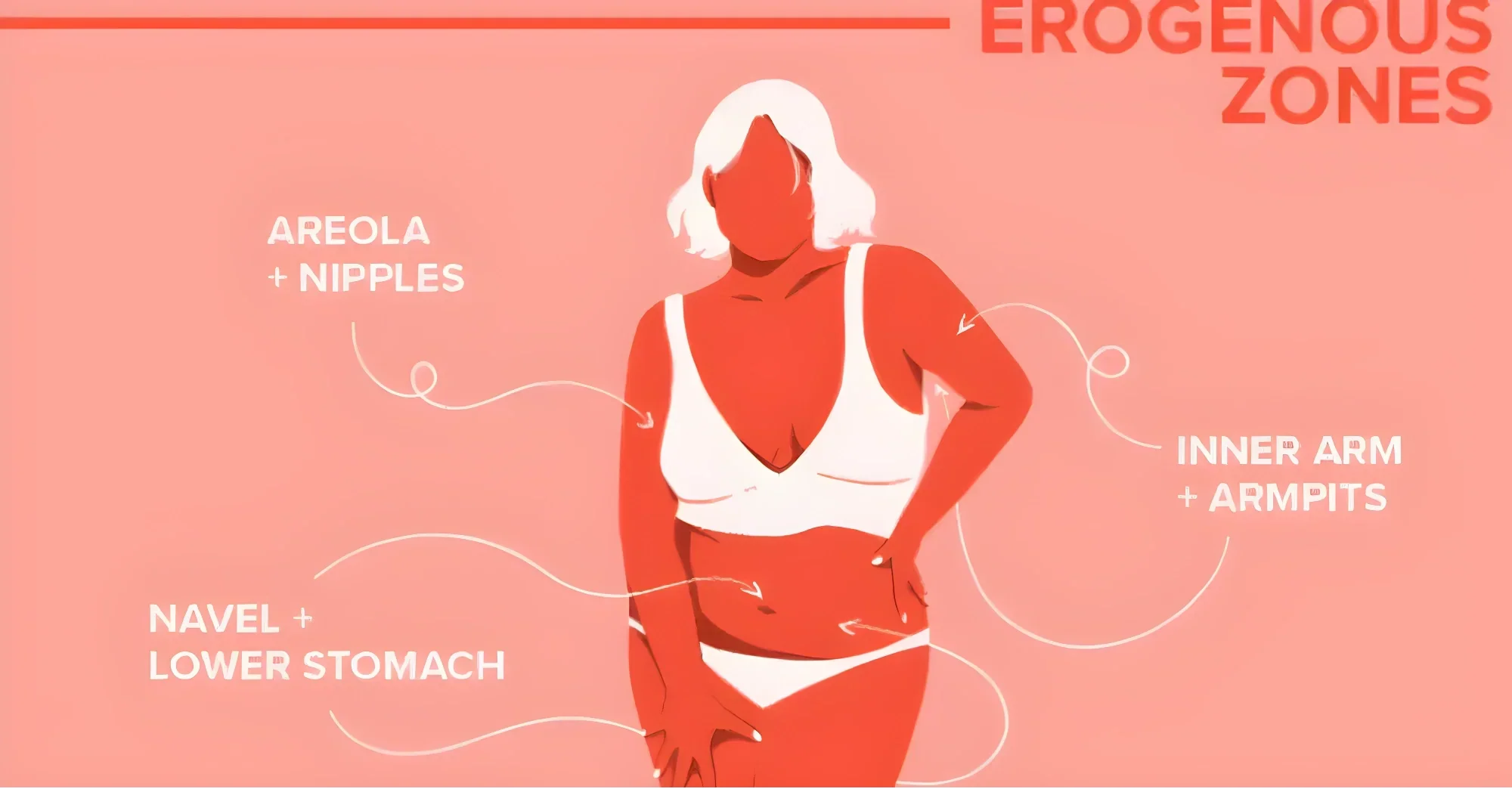
Curious about the erogenous zones on women and how to touch them with confidence? Great instincts. A little anatomy know‑how plus gentle, attuned touch goes a long way. This beginner‑friendly guide...
VR intimacy is more than a headset fad—it’s a new way people connect, flirt, play, and sometimes fall in love across distance. From a private VR sex experience with synced toys to consent‑forward v...
